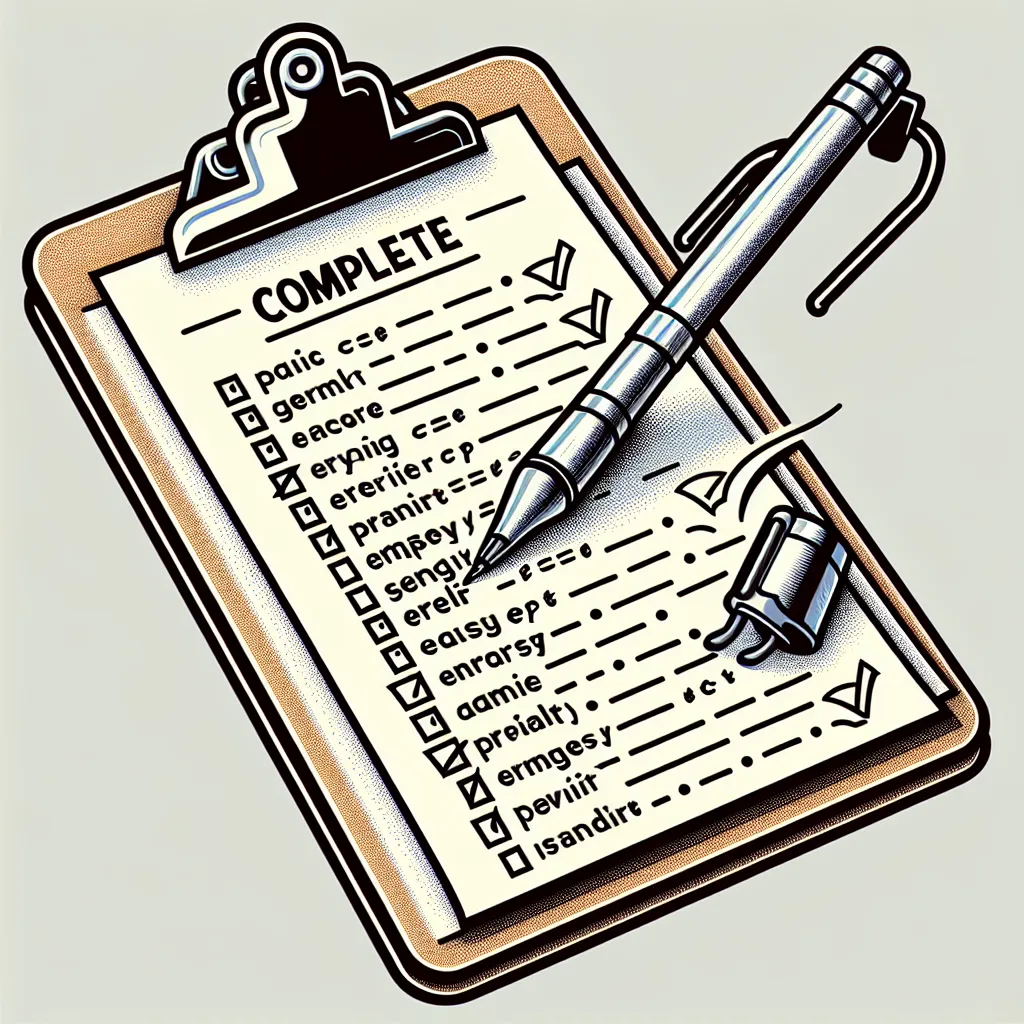Product descriptions play a crucial role in e-commerce, acting as the virtual salesperson for your items. Mastering the art of writing grammatically correct and compelling product descriptions can significantly boost your sales and enhance your brand’s credibility. This guide will walk you through the essential steps to perfect your grammar for product descriptions, ensuring that your products shine in the competitive online marketplace.
Understanding the Importance of Grammar in Product Descriptions
Grammar is the backbone of clear communication. When it comes to product descriptions, impeccable grammar serves several vital purposes:
- Professionalism: Well-crafted descriptions reflect positively on your brand, showcasing attention to detail and commitment to quality.
- Clarity: Correct grammar ensures that your message is easily understood, preventing misinterpretations that could lead to customer dissatisfaction.
- SEO Benefits: Search engines favor well-written content, potentially improving your product’s visibility in search results.
- Consumer Trust: Grammatically correct descriptions instill confidence in potential buyers, increasing the likelihood of purchase.
 Importance of Grammar in Product Descriptions
Importance of Grammar in Product Descriptions
Common Grammatical Issues in Product Descriptions
Before we delve into improvement strategies, let’s identify some frequent grammatical errors found in product descriptions:
- Subject-Verb Agreement: Ensuring that singular subjects have singular verbs and plural subjects have plural verbs.
- Misplaced Modifiers: Positioning descriptive phrases close to the words they modify.
- Punctuation Errors: Proper use of commas, semicolons, and apostrophes.
- Inconsistent Tense: Maintaining a consistent tense throughout the description.
- Run-on Sentences: Avoiding overly long sentences that can confuse readers.
Strategies for Perfecting Grammar in Product Descriptions
1. Use Active Voice
Active voice makes your descriptions more engaging and easier to read. It puts the focus on the product and its benefits.
Example:
- Passive: “The fabric is made from 100% organic cotton.”
- Active: “We craft this garment from 100% organic cotton.”
2. Keep Sentences Concise
Short, clear sentences are easier for customers to digest quickly. Aim for an average sentence length of 15-20 words.
Example:
- Before: “Our revolutionary blender, which has been designed with the latest technology and user-friendly features, is perfect for making smoothies, soups, and sauces with ease and efficiency.”
- After: “Our revolutionary blender combines cutting-edge technology with user-friendly features. It effortlessly creates smoothies, soups, and sauces.”
3. Use Parallel Structure
Maintain consistency in the grammatical form when listing features or benefits.
Example:
- Incorrect: “This laptop is fast, powerful, and has great battery life.”
- Correct: “This laptop is fast, powerful, and long-lasting.”
4. Avoid Overused Adjectives
Instead of relying on generic adjectives like “great” or “amazing,” use specific, descriptive language that highlights unique product features.
Example:
- Generic: “This is an amazing shirt.”
- Specific: “This breathable, moisture-wicking shirt keeps you cool during intense workouts.”
 Writing Effective Product Descriptions
Writing Effective Product Descriptions
5. Use Bullet Points for Clarity
Bullet points make it easy for customers to scan key features quickly. Ensure each bullet point follows a consistent grammatical structure.
Example:
- Lightweight design for easy portability
- 10-hour battery life for all-day use
- 4K resolution for crystal-clear images
6. Proofread and Edit
Always review your descriptions multiple times. Reading aloud can help catch awkward phrasing or grammatical errors.
Tools and Resources for Grammar Improvement
To perfect your grammar for product descriptions, consider utilizing these tools and resources:
- Grammarly: An AI-powered writing assistant that checks for grammar, punctuation, and style issues.
- Hemingway Editor: Helps simplify complex sentences and identifies passive voice.
- ProWritingAid: Offers in-depth reports on writing style, grammar, and readability.
- Style guides: Refer to established style guides like AP Stylebook or Chicago Manual of Style for consistent formatting.
Best Practices for Product Description Grammar
- Use present tense to create a sense of immediacy.
- Employ second-person pronouns (you, your) to directly address the customer.
- Maintain consistency in tone and style across all product descriptions.
- Include relevant keywords naturally for SEO benefits without compromising readability.
- Use industry-specific terminology correctly to demonstrate expertise.
 Grammar Checklist for Product Descriptions
Grammar Checklist for Product Descriptions
Common Pitfalls to Avoid
- Overusing superlatives: Not every product can be “the best” or “the most amazing.”
- Neglecting proper capitalization: Consistently capitalize brand names and proper nouns.
- Misusing homophones: Double-check words like “their/there/they’re” or “its/it’s.”
- Inconsistent formatting: Maintain uniform formatting across all product descriptions.
Conclusion
Perfecting Grammar For Product Descriptions is an ongoing process that requires attention to detail and consistent practice. By implementing the strategies outlined in this guide and utilizing available tools and resources, you can create compelling, error-free product descriptions that effectively showcase your items and drive sales. Remember, well-crafted descriptions not only inform customers but also build trust and credibility for your brand in the competitive e-commerce landscape.
Take the time to review and refine your product descriptions regularly, and don’t hesitate to seek feedback from colleagues or professional editors. With dedication and practice, you’ll soon master the art of writing grammatically flawless product descriptions that resonate with your target audience and boost your online sales.




